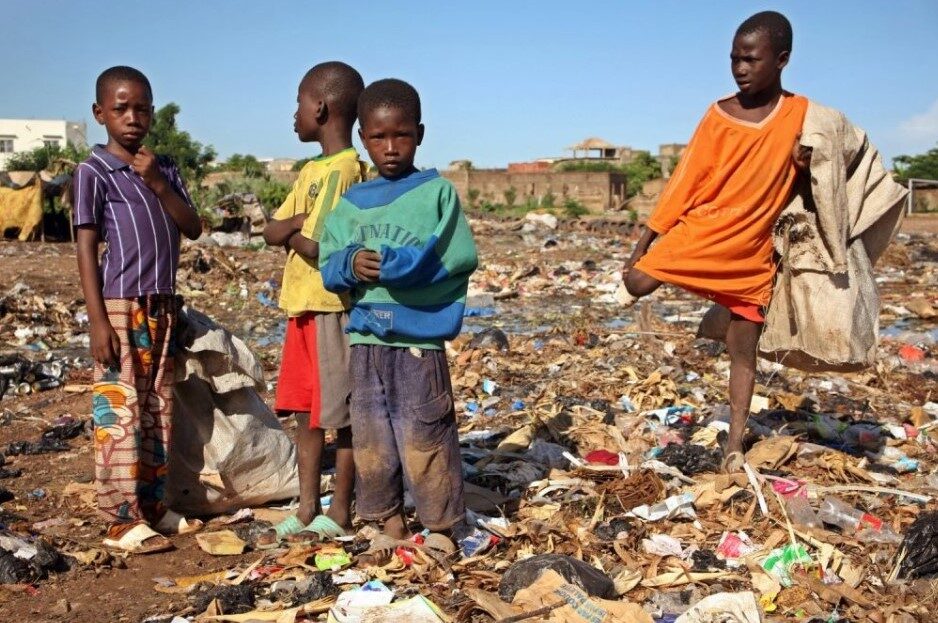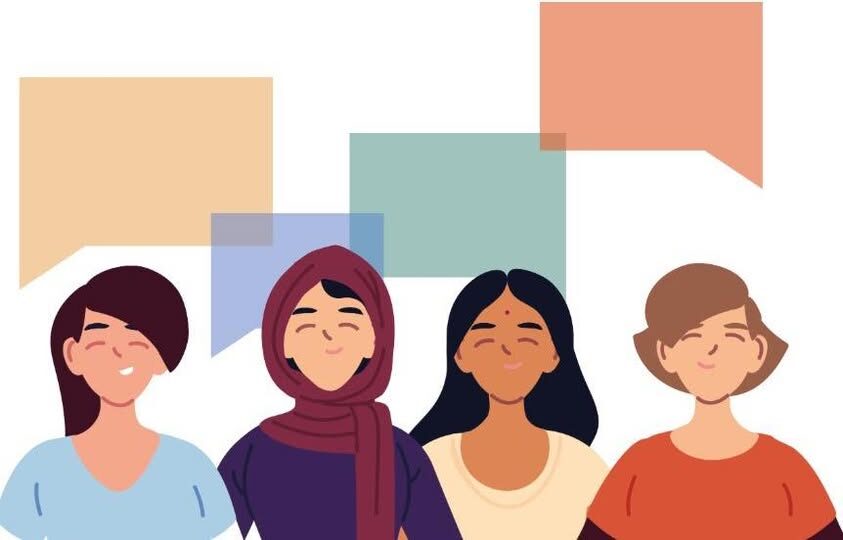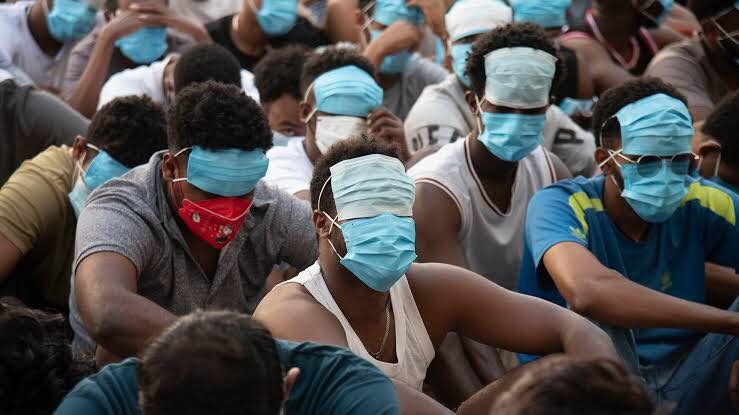Tackling Poverty Rate in Nigeria: Nigeria needs more than Economic Growth
By: Amb. Joshua Fagbemi
Ed. 230|| 29.10.2025
Over the past few months, there has been a positive turnaround in economic indicators such as the interest rate and inflation rate. While these two measures have shown signs of economic recovery, the number of Nigerians in poverty is still on the rise.
According to a recent report by Quartus Economics, Nigeria experienced serious economic shocks after the pandemic, and this was further heightened by oil theft and vandalism, Boko Haram insurgency and other security challenges that resulted in the inflation of food prices. Other factors are the depreciation of the naira against the dollar and the real GDP slowing down during those periods.
Notably, the removal of fuel subsidy was attributed as a major factor that caused inflation to rise. On the other end, Quartus Economics described this as a bold step necessary for the country’s economic recovery.
“The government dealt wisely and decisively. It confronted the decades-long drainpipes that had sapped the economy: the fuel subsidy and the official exchange rate subsidy. While subsidy on PMS was declared “gone” on May 29, in reality, it was phased out over a period of up to 12-15 months,” part of the report reads.
However, the Nigerian economy started showing positive signs towards the end of 2024 when real GDP rallied and grew year-on-year by 3.4% in 2024, compared to the 2.86% in 2023.
Inflation rate, another economic determining factor, has witnessed 7 drops this year (six coming consecutively). It has dropped to 18.02% from the 24.23% recorded in March 2025. In addition, the recent fall is the lowest since the post-COVID-19 period, another testament to an enabling economy that boosted the individuals’ purchasing power.
In addition, the drops in the inflation rate present a true picture of the Nigerian economy’s current situation. From the economics concept, drops in the inflation rate propel the same outcome for the interest rate to 27% from 27.5%.
At the 302nd MPC meeting in September, CBN Governor Olayemi Cardoso revealed that the MPC decided to cut the interest rate to support the economy. It lowered the lending rate by 50 basis points (bps) as inflation has been easing from very high levels.
“The rate cut was predicated on projections for declining inflation for the rest of the year and the need to support the economy,” Olayemi Cardoso said.
However, despite the improving economic conditions, Nigeria’s poverty rate is increasing. Though the number is a complex issue with different measurements, the World Bank reported a projected rate of 61% (139 million people) for 2025, and the rate among rural settlements is pegged at 75%.
According to Quartus Economics, it would take consistent positive results for the economic indicators to reflect reality. While the inflation rate is dropping, many Nigerians are still purchasing goods and services at higher prices, thereby placing additional pressure on purchasing power and the poverty rate.
The report pointed out that the impact of Nigeria’s economic descent during the 2014 to 2023 decade cannot be ignored or discounted. And in reality, the economy emaciated, shrinking in US dollar terms by more than US$200 billion during a period when the population expanded by more than 40 million people.
While the Nigerian economy is flexible, it takes time for adjustment to numbers. While theories stake on change, the true reflection takes time in reality, especially when it comes to a positive readjustment.
Moreover, the report corroborated that this huge deficit and the negative impact on standards of living could take decades or more to reverse (since the economic waves took that time).
Going forward, the stack of Nigeria’s poverty rate requires more than just the shift of numbers but an intense effort from the government. While the economic indicators are needed to push in real terms, a series of intervention projects must be in place for inclusive governance.
Image Credit: Building Blocks for Peace Education
———————————————-
Facebook: Peacepace Initiative
LinkedIn: Peacepace Initiative
X:@PeacepaceNG
Instagram: peacepace_initiative



